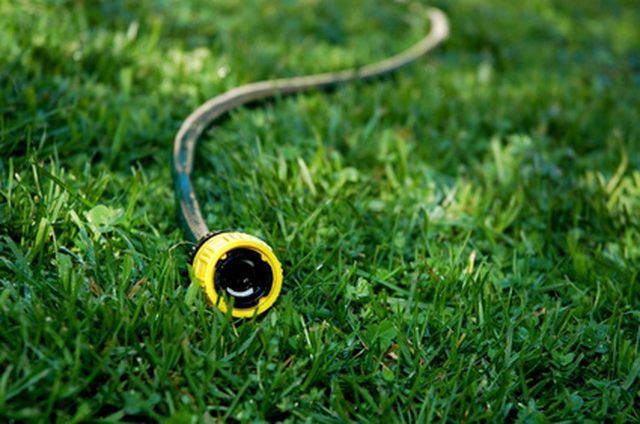Bulbs
Flower Basics
Flower Beds & Specialty Gardens
Flower Garden
Garden Furniture
Garden Gnomes
Garden Seeds
Garden Sheds
Garden Statues
Garden Tools & Supplies
Gardening Basics
Green & Organic
Groundcovers & Vines
Growing Annuals
Growing Basil
Growing Beans
Growing Berries
Growing Blueberries
Growing Cactus
Growing Corn
Growing Cotton
Growing Edibles
Growing Flowers
Growing Garlic
Growing Grapes
Growing Grass
Growing Herbs
Growing Jasmine
Growing Mint
Growing Mushrooms
Orchids
Growing Peanuts
Growing Perennials
Growing Plants
Growing Rosemary
Growing Roses
Growing Strawberries
Growing Sunflowers
Growing Thyme
Growing Tomatoes
Growing Tulips
Growing Vegetables
Herb Basics
Herb Garden
Indoor Growing
Landscaping Basics
Landscaping Patios
Landscaping Plants
Landscaping Shrubs
Landscaping Trees
Landscaping Walks & Pathways
Lawn Basics
Lawn Maintenance
Lawn Mowers
Lawn Ornaments
Lawn Planting
Lawn Tools
Outdoor Growing
Overall Landscape Planning
Pests, Weeds & Problems
Plant Basics
Rock Garden
Rose Garden
Shrubs
Soil
Specialty Gardens
Trees
Vegetable Garden
Yard Maintenance
How to Apply 10-10-10 Fertilizer to the Lawn
How to Apply 10-10-10 Fertilizer to the Lawn. Most fertilizers have NPK amounts printed on their labels. NPK stands for the nitrogen, phosphorous and potassium amounts in the fertilizer. If you use a fertilizer with 10-10-10 NPK, the bag contributes 10 percent of each nutrient to your yard. To calculate how much 10-10-10 nutrients are in a 50 pound...

Most fertilizers have NPK amounts printed on their labels. NPK stands for the nitrogen, phosphorous and potassium amounts in the fertilizer. If you use a fertilizer with 10-10-10 NPK, the bag contributes 10 percent of each nutrient to your yard. To calculate how much 10-10-10 nutrients are in a 50 pound bag, multiply 50 by 0.10. You results will indicate that there are 5 pounds of each nutrient and the rest may be sand or limestone. Application of 10-10-10 depends on if you use liquid or granulated fertilizer.
Things You'll Need
Fertilizer
Garden hose
Fertilizer drop spreader, if needed
Sprinkler
Decide if you want to use quick release or slow release fertilizer. The majority of quick release fertilizers come in a liquid form that supplies plants nutrients quickly but must be applied every two to three weeks. Slow release fertilizers come in a granulated form that slowly provides nutrients and should be applied ever six to eight weeks.
Water your lawn every day for three days before applying fertilizer. The nitrogen in fertilizer can burn dry lawns.
Attach the bottle of liquid fertilizer to your garden hose. Walk back and forth in imaginary lines across your lawn. Spray from side to side, so that you get an even application. Reapply the fertilizer according to the directions in a couple of weeks. Water as directed
Pour your granulated slow release fertilizer in a fertilizer drop spreader. Calibrate your fertilizer drop spreader to drop 10 pounds of fertilizer every 1,000 square feet. Walk slowly across your lawn, so that the fertilizer spreads evenly. You can hand spread areas that you miss. Water as directed.
Set your garden hose to a medium spray to avoid blowing away your fertilizer. Give your lawn lots of water to avoid dehydration. You can slowly irrigate trees, so the fertilizer drains deeply in the soil and gets to their roots. Reapply in six to eight weeks according to the product directions.
Tips & Warnings
If you start to see brown spots on your lawn, you may be over-fertilizing. Always use the amount indicated on the label.
Avoid fertilizing your lawn with a fertilizer that contains nitrogen before it has a chance to come out of winter dormancy, because you will encourage the growth of weeds.